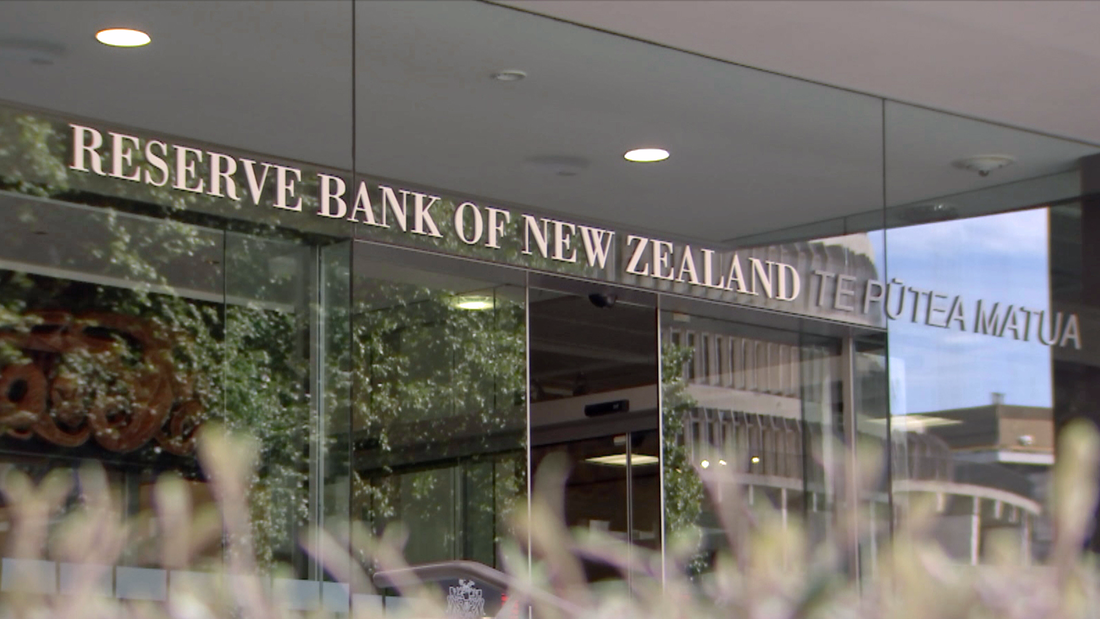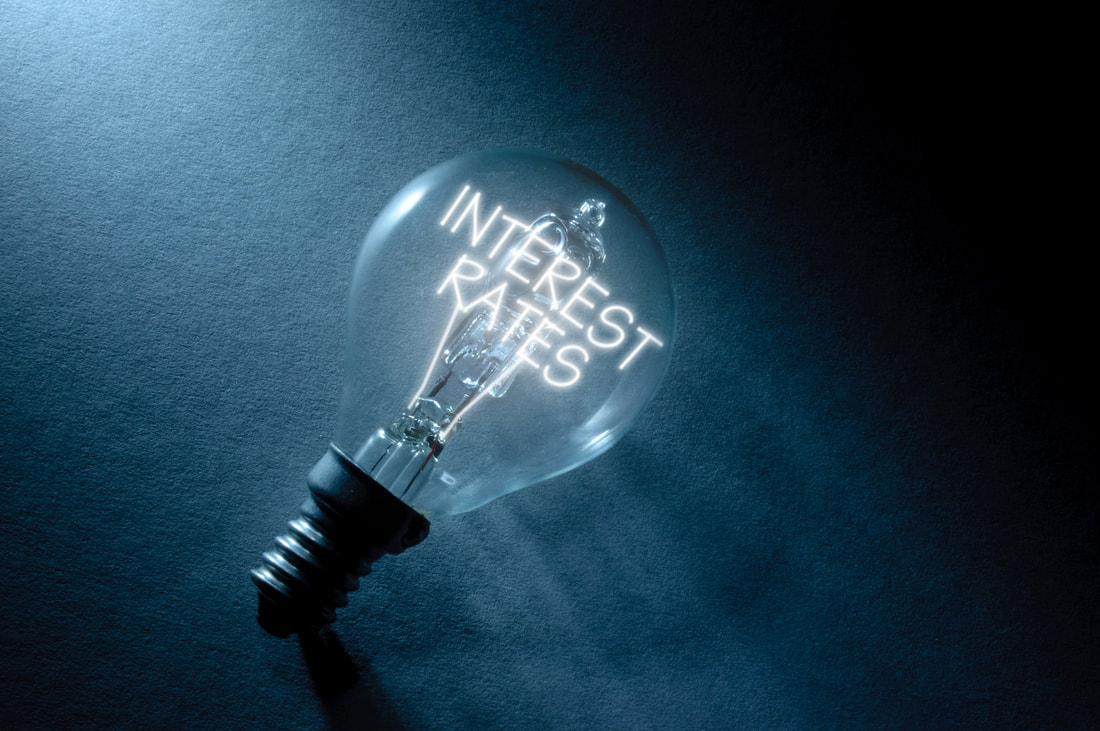The ANZ’s monthly Business Outlook Survey shows that a net 50% of businesses plan raising their selling prices over the coming year. This is only slightly lower than 59% a year earlier and remains twice the long-term average which has prevailed while inflation averaged just above 2%.
Businesses are still saying that their cost pressures are strong, and they want to build margins. Until that desire changes the Reserve Bank cannot take the risk of easing monetary policy only to have to suddenly tighten it again perhaps in 2025.
Another problem is that although the labour market by one measure is at its loosest point in the past 14 years, there is as yet scant evidence that this is leading to a substantial slowing in the pace of wages growth. We all expect such a slowing will occur as the market is swamped with record net migration inflows which have boosted the population 2.5% in the past year.
But the latest data still show private sector wages growth at just over 7% whereas the average has been just 3.3%.
Then there is the problem that although the rate of inflation is now well down from the 2022 peak of 7.3% at 4.7%, this is still much too far away from the target range of 1% - 3%.
But if these problems remain, why is it that the cost to banks of funding fixed rate loans in the wholesale markets has fallen so much in recent months? The one year swap rate banks pay to borrow fixed then lend fixed one year has fallen to around 5.3% from 5.9% four months ago. The three year swap rate has fallen to near 4.5% from 5.4%.
These declines largely reflect much lower wholesale interest rates in the United States as the markets there anticipate easier US monetary policy this year and next starting as soon as March. The Federal Reserve have said they will ease three times this year. The markets have priced in six rate cuts.
This means there is a risk that the markets have got a bit ahead of themselves. However, the key issue here in New Zealand is that although bank funding costs have fallen tremendously, they have yet to make more than desultory cuts of 0.1% here and 0.15% there.
Their lack of mortgage rate cuts has taken the margins they earn on fixed rate lending to unusually high levels. Why is this happening? Probably because the Reserve Bank has made it clear to them that although theoretically, they can cut their lending rates because of lower funding costs, the Reserve Bank would prefer they not do so in order to keep monetary pressure on the economy strongly downward.
The question is this. With our economy possibly back in recession again and inflation falling away, when will the Reserve Bank feel that the outlook is safe enough that they can first signal to banks that cutting margins is okay, then signal to the markets that monetary policy easing before mid-2025 is going to happen?
We don’t know. It is like asking when the war will end in the Middle East or Ukraine. Perhaps one date to keep an eye on is February 7. That is when we will get December quarter wages and employment data from Statistics NZ. If the numbers are weak then we could see (actually you and I won’t see behind the closed doors) the Reserve Bank let banks know they would be relaxed should they cut rates to reflect lower funding costs.
After that the next important date will be the official Reserve Bank policy review on February 28. No change in the timing of policy easing is likely then. But come the next review on April 10 some expression of happiness regarding the inflation track could come along.
Go to www.tonyalexander.nz to subscribe to my free weekly “Tony’s View” for easy-to-understand discussion of wider developments in the NZ economy, plus more on housing markets.
By Tony Alexander







